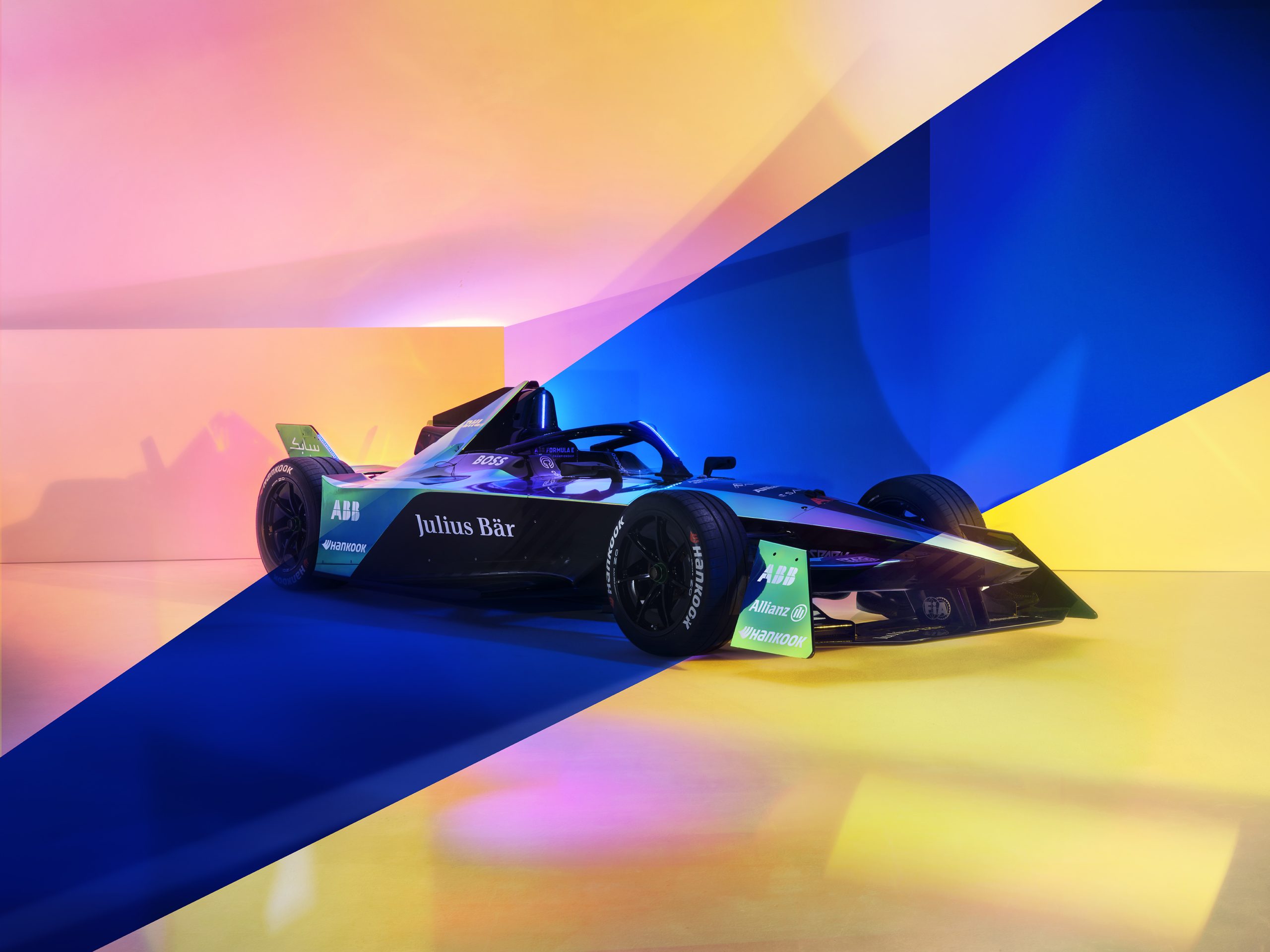The ABB FIA Formula E World Championship debuted in 2014, and after nine seasons, it has improved in every aspect, including the cars’ speed.
Formula E eras are called ‘generations’ and they are characterized by major regulation changes. Gen1 debuted in 2014, with the creation of this new championship, and lasted until the end of 2017. With the rules changing drastically, Gen2 cars made their first appearance in 2018, remaining on track until 2022. And at the beginning of 2023, Formula E presented the new Gen3 cars, more technologically advanced and faster than ever.
The class of Season 9 ⚡#MexicoCityEPrix pic.twitter.com/q1sXtMvb8O
— Formula E (@FIAFormulaE) January 12, 2023
Top speed of Gen1 and Gen2 cars
The first car used in Formula E, Gen1, featured a maximum power of 200 kW (18o kW allowed during the race), with a top speed of 225 km/h, reaching 100 km/h in three seconds. In 2018, with the rules changing, cars became faster. Gen2 improved the maximum power to 250 kW (the power allowed during the race was 200 kW). Gen2 cars reached 280 km/h, with an acceleration from 0 to 100 km/h in 2.8 seconds.
Top speed of Gen3 cars
Season 9 saw the debut of Gen3, the fastest car in Formula E history. The 2023 cars have 350 kW, 100 kW more compared to Gen2, but only 300 of them are available during the race. The full amount is only released during qualifying knockout rounds. The top speed reached by Gen3 cars is 322 km/h, with an acceleration from 0 to 100 km/h, the same as the Gen2, so of 2.8 seconds. This new type of car is 75% more powerful than the original Gen1, with exponential growth registered in only nine seasons.
Formula E vs Formula 1
Formula E’s speed is limited when compared with that of Formula 1 cars, but the gap isn’t that big. The top speed of an F1 car registered during a Grand Prix is 372.5 km/h, while the top speed ever registered in Formula 1 was 397.36 km/h. On this level, Formula E seems to be distant from the Formula 1 standard, but on the acceleration side, FE is closer to F1. Formula E cars can go from 0 to 100 km/h in 2.8 seconds, while an F1 car can do the same in 2.6 seconds.
Formula E has only nine years of history and has already achieved great results in the engineering and mechanical fields. They have set goals of reaching even higher standards in the future and translating those advancements on to street cars.






